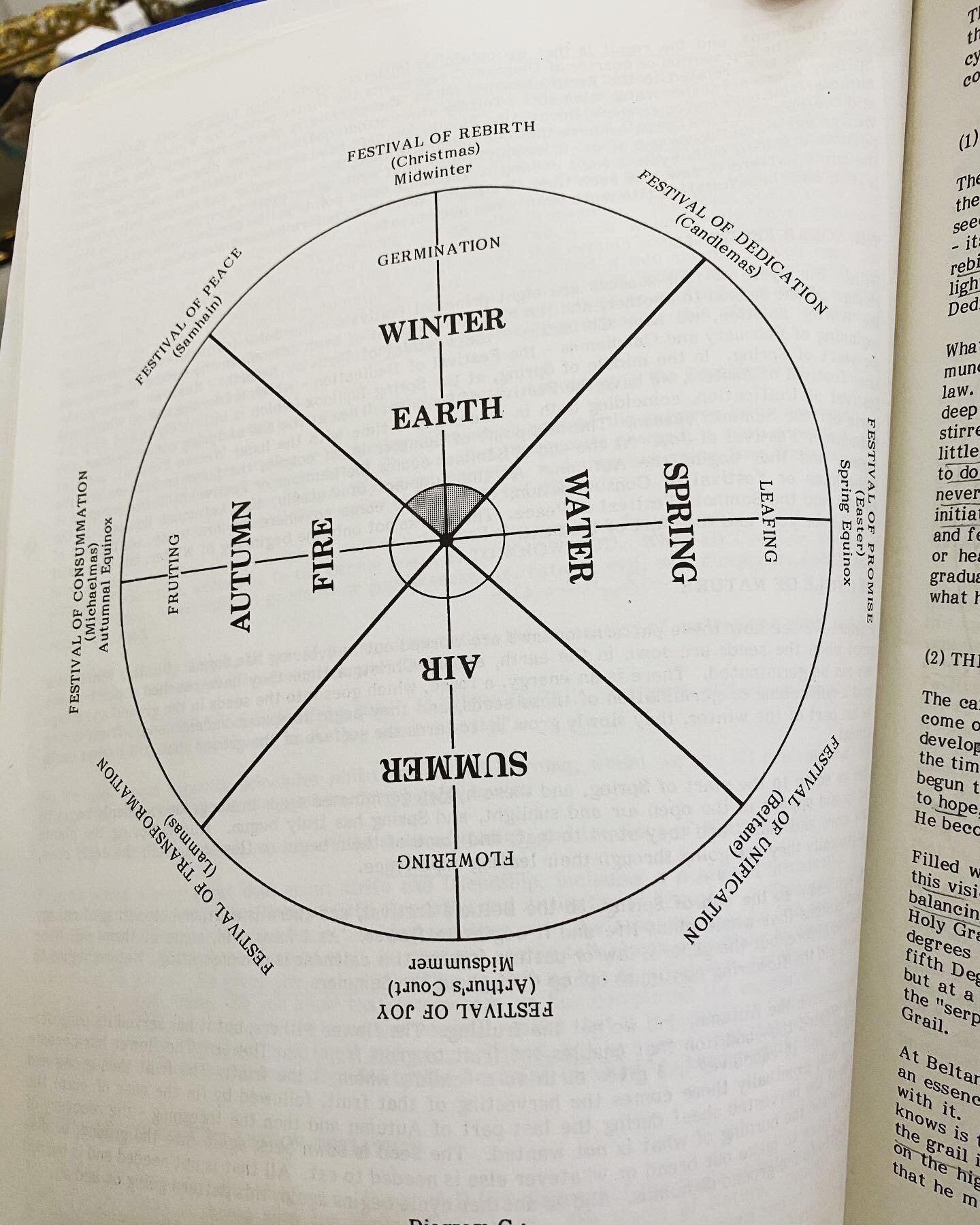Nine : The Classic/Romantic Dichotomy
/As promised, here is the key to the Copernican Revolution we were talking about earlier. If you can wrap your head around what Robert Pirsig is talking about here, underlying form vs. immediate appearance and the relationship between the them, you will start to look at the world in a completely different way than you’re probably used to. This is how we begin to transcend the limitations of the Cartesian split that seems to be embedded in the modern zeitgeist. This is how we begin to understand Quality.
The Classic, Underlying Form of a Motorcycle
The Romantic, immediate Appearance of a motorcycle
The world of underlying form is an unusual object of discussion because it is actually a mode of discussion itself. You discuss things in terms of their immediate appearance or you discuss them in terms of their underlying form, and when you try to discuss these modes of discussion you get involved in what could be called a platform problem. You have no platform from which to discuss them other than the modes themselves.
Previously I was discussing his [Phædrus] world of underlying form, or at least the aspect of it called technology, from an external view. Now I think it’s right to talk about that world of underlying form from its own point of view. I want to talk about the underlying form of the world of underlying form itself.
To do this, first of all, a dichotomy is necessary, but before I can use it honestly I have to back up and say what it is and means, and that is a long story in itself. Part of this back-up problem. But right now I just want to use a dichotomy and explain it later. I want to divide human understanding into two kinds...classical understanding and romantic understanding. In terms of ultimate truth a dichotomy of this sort has little meaning, but it is quite legitimate when one is operating within the classic mode used to discover or create a world of underlying form. The terms classic and romantic, as Phædrus used them, mean the following:
A classical understanding sees the world primarily as underlying form itself. A romantic understanding sees it primarily in terms of immediate appearance. If you were to show an engine or a mechanical drawing or electronic schematic to a romantic it is unlikely he would see much of interest in it. It has no appeal because the reality he sees is its surface. Dull, complex lists of names, lines and numbers. Nothing interesting. But if you were to show the same blueprint or schematic or give the same description to a classical person he might look at it and then become fascinated by it because he sees that within the lines and shapes and symbols is a tremendous richness of underlying form.
The romantic mode is primarily inspirational, imaginative, creative, intuitive. Feelings rather than facts predominate. "Art" when it is opposed to "Science" is often romantic. It does not proceed by reason or by laws. It proceeds by feeling, intuition and esthetic conscience. In the northern European cultures the romantic mode is usually associated with femininity, but this is certainly not a necessary association.
The classic mode, by contrast, proceeds by reason and by laws...which are themselves underlying forms of thought and behavior. Although motorcycle riding is romantic, motorcycle maintenance is purely classic.
Although surface ugliness is often found in the classic mode of understanding it is not inherent in it. There is a classic esthetic which romantics often miss because of its subtlety. The classic style is straightforward, unadorned, unemotional, economical and carefully proportioned. Its purpose is not to inspire emotionally, but to bring order out of chaos and make the unknown known. It is not an aesthetically free and natural style. It is esthetically restrained. Everything is under control. Its value is measured in terms of the skill with which this control is maintained.
To a romantic this classic mode often appears dull, awkward and ugly, like mechanical maintenance itself. Everything is in terms of pieces and parts and components and relationships. Nothing is figured out until it’s run through the computer a dozen times. Everything’s got to be measured and proved. Oppressive. Heavy. Endlessly grey. The death force.
Within the classic mode, however, the romantic has some appearances of his own. Frivolous, irrational, erratic, untrustworthy, interested primarily in pleasure-seeking. Shallow. Of no substance. Often a parasite who cannot or will not carry his own weight. A real drag on society.
By now these battle lines should sound a little familiar. This is the source of the trouble. Persons tend to think and feel exclusively in one mode or the other and in doing so tend to misunderstand and underestimate what the other mode is all about. But no one is willing to give up the truth as he sees it, and as far as I know, no one now living has any real reconciliation of these truths or modes. There is no point at which these visions of reality are unified.
And so in recent times we have seen a huge split develop between a classic culture and a romantic counterculture...two worlds growing alienated and hateful toward each other with everyone wondering if it will always be this way, a house divided against itself. No one wants it really...despite what his antagonists in the other dimension might think.
- from Zen and the Art of Motorcycle Maintenance by Robert Pirsig
So there it is, the ancient paradox, the mystical union of opposites, the marriage of science and art, of classic and romantic, of masculine and feminine. Alchemy. There is such power there. How fitting that today is Beltane, the Festival of Unification.
Happy May Day
From Patterns of Initiation and Introduction to The Temple Science, both by Peter Dawkins.







